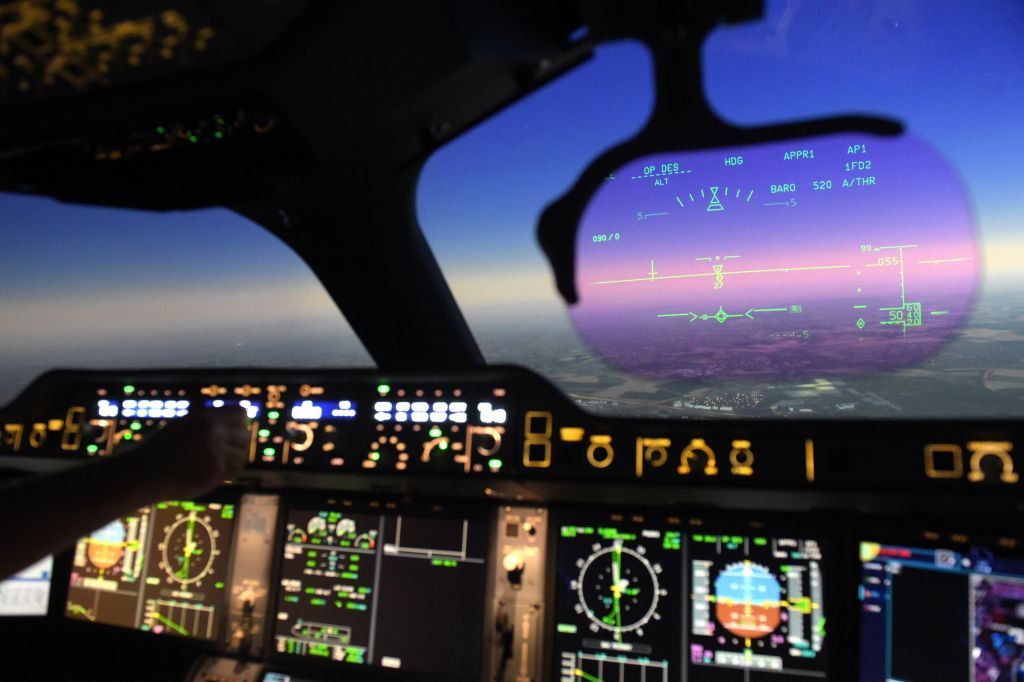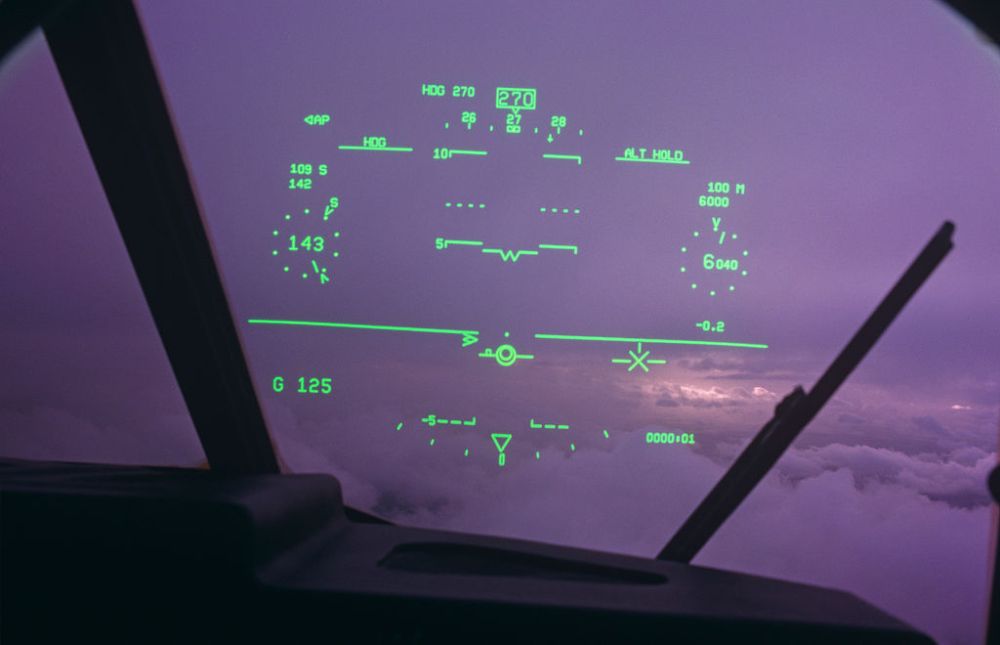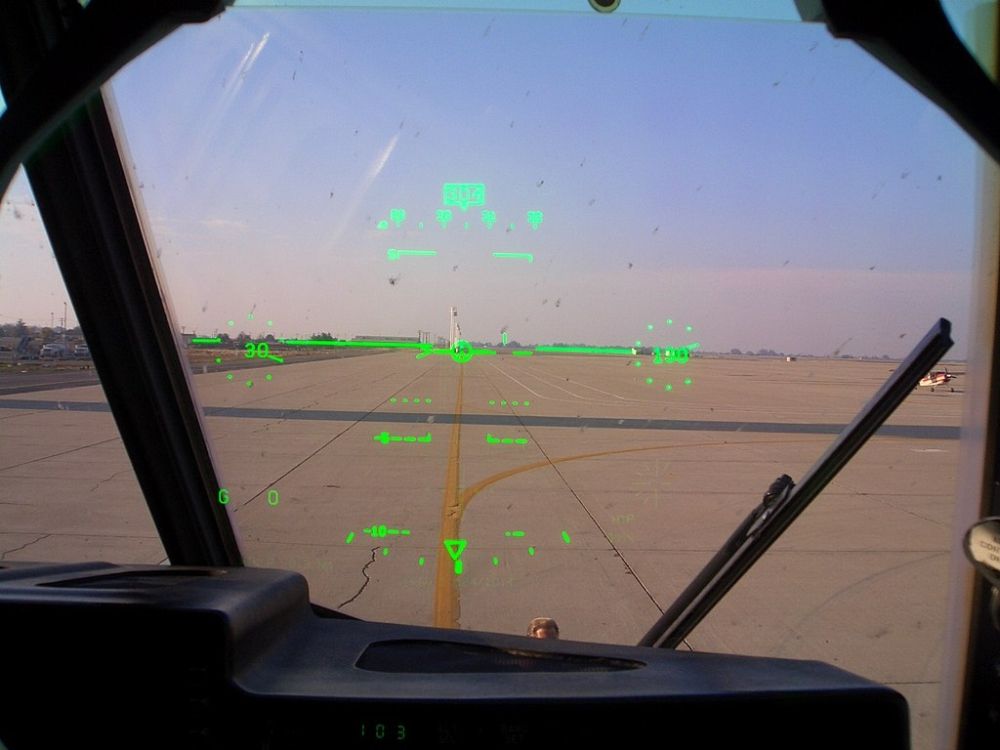The cockpits of modern commercial aircraft are technical marvels, full of technological aspects that assist pilots in their work. A plane's heads-up display is one such piece of technology, and these present data in the pilots' line of sight. But how exactly do they work?
What is a heads-up display?
As seen in the photograph above, a heads-up display is a transparent screen located in the direct line of sight from a pilot's seat in an aircraft cockpit. The technology gets its name from the fact that, to view the display, the pilot doesn't have to move their head from an upright position. This sets it apart from other displays mounted lower in the cockpit.
Heads-up displays also have the advantage of keeping the pilot's eyes focussed on the world around them, even while viewing and mentally processing the data in front of them. Heads-up displays can present various data relevant to an aircraft's operations at the given moment in time. However, FAA regulations require at least the following aspects to be shown.
- Airspeed.
- Altitude.
- Heading.
- Horizon line.
- Turb and slip/turn and bank indicator.
How do they work?
But how exactly do these innovative ad useful displays function? It is worth noting first of all that there have been multiple generations of this technology, with each working in a slightly different way. In any case, it is typical for most heads-up displays (known in short as HUDs) to consist of three key components: the combiner, the projector, and the computer.
The combiner is the name given to the angled flat glass panel that functions as a beam splitter to help present the data as part of the pilot's field of view. Meanwhile, the computer is responsible for producing the imagery that ultimately ends up in front of the pilot.
But how does this imagery reach the screen in the first place? This is where the projector comes into play. This optical collimator setup uses a curved lens or mirror, with either a CRT, LCD, or LED display at its focus. The collimated nature of the image produced means that the focal point is at infinity. As such, everything is in focus for the pilot observing it.
Stay informed: Sign up for our daily and weekly aviation news digests.
Different types for different vehicles
Much like Enhanced Flight Vision Systems (EFVS), the use of heads-up displays originates in military aircraft. It is in this domain where pilots also sometimes benefit from the use of helmet-mounted displays, whereby the display moves in conjunction with the pilot's head.
It is common for modern fighter jets to have both this technology and a conventional HUD, although the Lockheed Martin F-35 Lightning II only has a helmet-based system. As it happens, HUDs are also used beyond the domain of aviation. Indeed, nowadays, modern tanks and even cars also allow drivers to benefit from the use of such technology.
What do you make of this technology? Let us know your thoughts in the comments!



